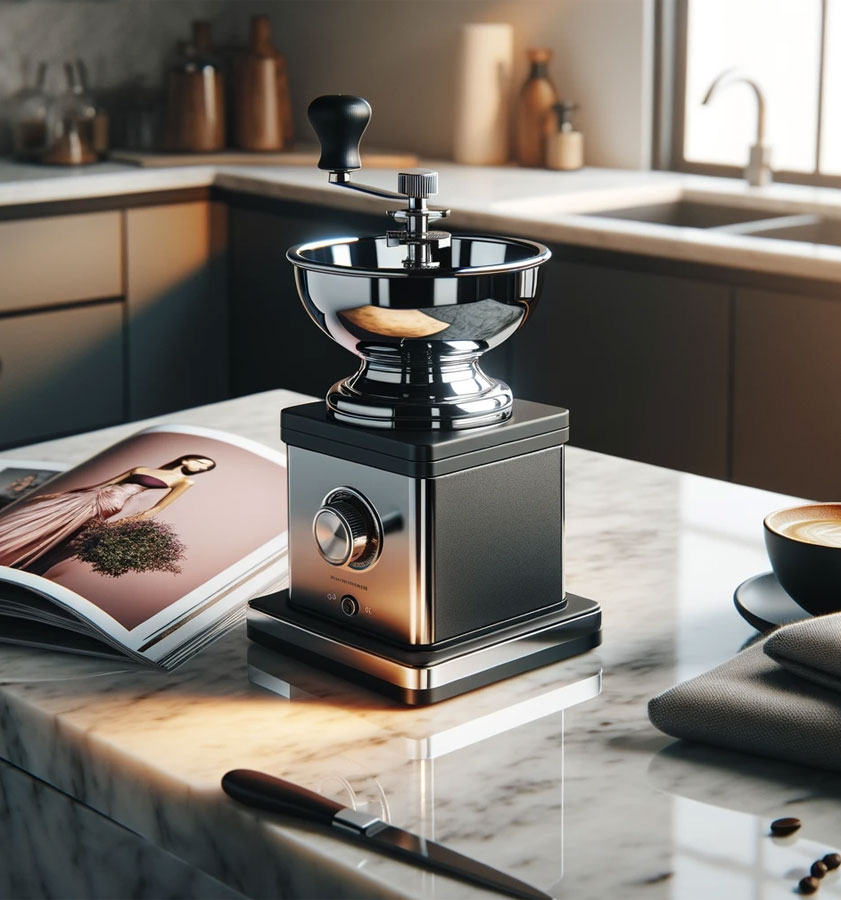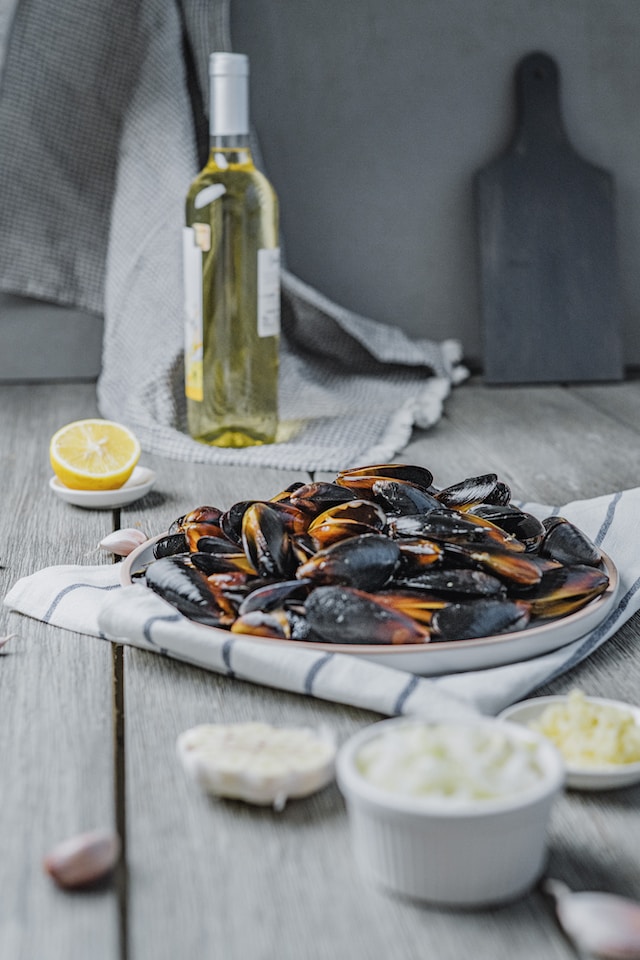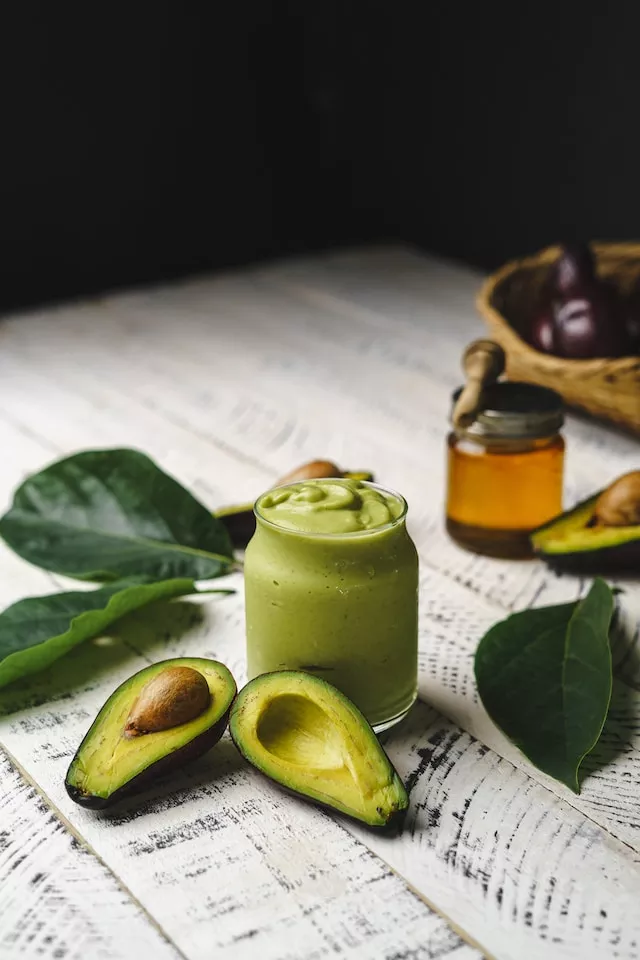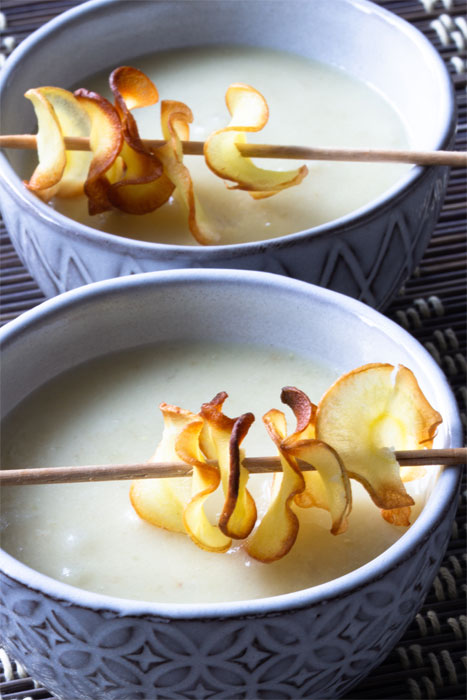Online research shows that coffee grinders are enjoying a renaissance, becoming a cult object with steadily rising popularity. Far from a fleeting phenomenon, the keyword “coffee grinder” racks up over 6,000 monthly searches on Google alone.
A clear trend emerges: a renewed thirst for authenticity, the desire to rediscover the pleasure of a custom preparation that stands out from the uniformity of pre-packaged coffee pods and pre-ground coffee.
I experienced this revival of artisanal taste and personalization first-hand last week. I was at an antiques market, hunting for that specific shade of ochre yellow poised to be among the must-have home decor trends for fall-winter 2023/2024. Amidst the vintage items, an old-fashioned coffee grinder caught my eye.
Its retro charm was irresistible. I impulsively purchased it, eager to try out this jewel from a bygone era.
Once home, having carefully cleaned and polished it, I couldn’t wait to use it for the first time. Ready to savor a unique experience that would enhance the aromas of freshly ground beans.
The anticipation, heightened by the excitement of the debut, the almost alchemical ritual of selection and preparation, the aroma filling the kitchen like a sweet promise… that first cup of coffee ground on the spot energized me to face the day with vigor!
Torn between three expertly crafted blends, I opted for “Italian Passion”: a blend of medium-roast Arabica, full-bodied Maragogype, and lightly roasted aromatic Blue Mountain.
To achieve the best flavor, many enthusiasts skillfully mix different origins and roasts. In addition to my favorite, there are the sweet “Dolce Vita” and the aromatic “Aromatic Symphony”. (I leave all the info at the end of the article)
The only downside? The noise during use. And so began the search for something high-tech, modern and quiet, a true journey into the world of avant-garde coffee grinders.
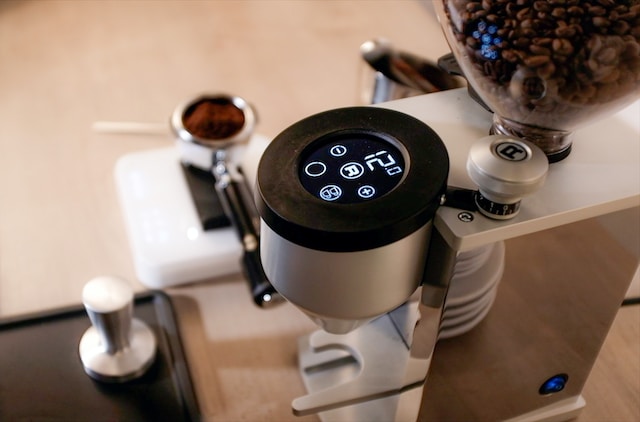
Manual or Electric Coffee Grinder?
And here’s the first dilemma, for home use is it better to have an electric or manual coffee grinder? Is there the right grinder for everyone?
In the debate between electric and manual, there are two schools of thought, those who embrace tactile control and tradition in the manual, and those who rely on the precision and convenience of technology.
As always, there are two sides to every coin, let’s discover the pros and cons together.
Manual grinders are appreciated for their functional minimalism, they require physical effort, sure, but many find the hand-grinding operation almost meditative, a way to slow down and appreciate the process. Quieter, easily portable, easy to clean, and less expensive than their electric counterparts, they also work without power or chargers, just think of a camping holiday or a place far away. They are cheaper, generally costing between 20 and 100 euros, against the 50 to 500 of the electric models.
The downside? The consistency of the grind can vary, especially if you’re not practiced in the technique.
A model like the Hario Skerton Pro is an example of a well-balanced manual coffee grinder, with ceramic burrs and a compact design that makes it ideal for coffee-traveling enthusiasts.
On the other hand, electric coffee grinders make you fall in love with their convenience and consistency. With a simple press, a light click, they can produce a uniform grind in no time, which is perfect when you have to prepare coffee for the whole family or friends, or you’re just trying to speed up your morning routine. They are the ultimate if you’re looking for a very fine grind.
Brands like Baratza offer models that include total control over the grain size, suitable for classic preparations like espresso but also filtered ones like the legendary French Press. A feature that makes them appreciated by both newbies and “aspiring bartenders” who want to experiment with various extractions without changing equipment.
An initial investment, sure, but if well maintained, a coffee grinder can last for several years, so choose according to your needs and, given the times, also your budget.
What’s certain is that if you’re a coffee enthusiast, investing in a quality electric model could be your next Christmas gift to yourself. If you just want to make good coffee at home, the manual model will not fail to amaze you.
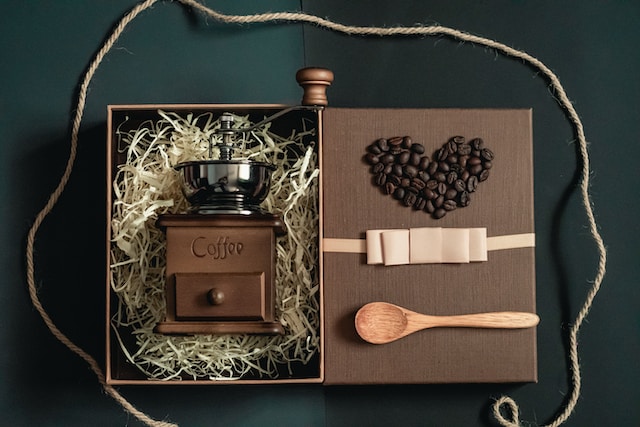
Aesthetics and Design
Aesthetics and function merge in coffee grinders, objects that with their geometric or vintage lines harmonize environments, beautify the kitchen, and express the personality of their owner.
In designer kitchens, these small appliances often steal the scene with minimal shapes and materials like steel and glass, as in the case of the Bodum Bistro Electric coffee grinder with Scandinavian style.
For lovers of rustic style, a coffee grinder with wooden and copper elements adds warmth, like the vintage Peugeot Antique with steel mechanisms reminiscent of 19th-century grinders.
Minimalists prefer essential lines like those of the Porlex Mini in steel, a discreet and elegant object.
Those who don’t give up on design and technology will appreciate the Baratza Virtuoso+, with its modern aesthetics enhanced by metallic details and an LED display.
Finally, retro is all the rage with the KitchenAid Artisan Burr Grinder that pays tribute to 1950s design with pastel colors and rounded shapes.
Technology and Innovation
In the world of coffee, technological innovation has transformed the grinding ritual into a customizable hi-tech experience. The latest generation coffee grinders integrate smart features to offer unprecedented precision, control, and comfort.
One of the most astonishing aspects is the ability to adjust the grain size with extreme precision through intuitive digital interfaces. The Baratza Encore Conical Burr, for example, allows you to select a wide range of settings with a touch, optimizing extraction for every preparation method.
Some advanced models include integrated weighing systems, like the Breville Smart Grinder Pro, to always grind the perfect amount and avoid waste, preserving freshness. These devices also store settings, so you can repeat the ideal grind every morning.
Wireless connectivity opens up new horizons, with coffee grinders like the Fellow Ode Brew Grinder that sync with apps to control and monitor the process remotely.
Automation is another frontier: some grinders can be programmed to start at a set time, ensuring freshly ground coffee upon waking.
Moreover, sustainability is an important focus of technological innovation, with coffee grinders that optimize consumption and use recyclable and biodegradable materials.
Sustainability and Materials
Sustainability has become a central aspect in the design and production of contemporary coffee grinders. Consumers are increasingly aware of the environmental impact of appliances and demand products made with eco-friendly materials and processes.
Avant-garde manufacturers like Hario and Comandante use sustainable components in their manual grinders: the glass and ceramic of the Hario Skerton Plus are entirely recyclable; the wood of the Comandante C40 comes from responsibly managed forests.
The commitment to sustainability also extends to production practices. Companies like Baratza adopt renewable energy in their factories and recycle coffee grinders at the end of their life, encouraging customer returns.
Modern coffee grinders focus on energy efficiency: many have automatic shut-off systems that optimize consumption when not in use. The Wilfa Uniform, for example, turns off immediately after use, reducing standby energy.
Maintenance and Cleaning
Here are some tips on how to properly clean your coffee grinder:
The cleaning frequency depends on use and the type of coffee: with very oily beans, it’s recommended to clean weekly. As a general rule, clean the coffee grinder every 15 kg of ground coffee. To clean the hopper, regularly use a damp cloth to remove the oily residues released by the beans. If very greasy, use a bit of soap, making sure to dry well before adding new coffee. To clean the burrs, use a stiff brush to dislodge residues from the cutting teeth. Brush thoroughly to remove all coffee deposits. When you remove the burrs, take the opportunity to clean the grinding chamber with a brush or a vacuum cleaner or compressed air to remove trapped grounds. Once all components are thoroughly cleaned, reassemble the coffee grinder, and it will be as good as new. Remember to perform a thorough cleaning periodically to ensure the best performance and avoid flavor contamination.

Coffee Beans for Grinding Here are some of the most popular and beloved coffee beans for grinding:
Arabica is the most widespread and cherished type of bean for its sweet and delicate flavor, with notes of chocolate, fruit, and flowers. The most renowned varieties come from Brazil, Colombia, and Kenya. Robusta has a more intense and full-bodied flavor with a higher caffeine content. It is often used in espresso blends to add more body and creaminess. It primarily comes from India and Vietnam. Excelsa is less common but highly aromatic, with notes of caramel and hazelnut. The most exquisite beans are from Southeast Asia. Liberica boasts a smoky and spicy flavor and is valued for its complexity. It is produced in Malaysia and the Philippines. Single-origin coffee beans allow you to appreciate the unique qualities of a specific origin. Kenyan beans are among the most famed. The choice depends on personal taste and the type of coffee you wish to achieve, choosing between blends or single origins to grind fresh at the moment.
The Three Coffee Blends To achieve the best flavor, many enthusiasts mix blends.
Here are three coffee blends that will amaze you:
“Dolce Vita” Blend:
- 30 grams of Arabica coffee (medium roast)
- 20 grams of Robusta coffee (dark roast)
- 10 grams of Kona coffee (light roast)
“Italian Passion” Blend:
- 25 grams of Arabica coffee (medium roast)
- 20 grams of Maragogype coffee (medium roast)
- 15 grams of Blue Mountain coffee (light roast)
“Aromatic Symphony” Blend:
- 35 grams of Arabica coffee (medium roast)
- 15 grams of Geisha coffee (light roast)
- 10 grams of Java coffee (dark roast)
Now that you’re immersed in the world of coffee grinders and blends, why not experiment? Choose your favorite mixture, grab your coffee grinder, and prepare for an extraordinary coffee experience. And if you need advice or want to share your experience, don’t hesitate to leave a comment. We’re all part of this passionate coffee community that loves to share and discover together.
As for choosing between an electric or manual coffee grinder, it depends on your personal preference and the level of control you desire over the grinding process. Electric grinders offer convenience and consistency, while manual grinders provide a more hands-on approach and can be quieter and more portable.
